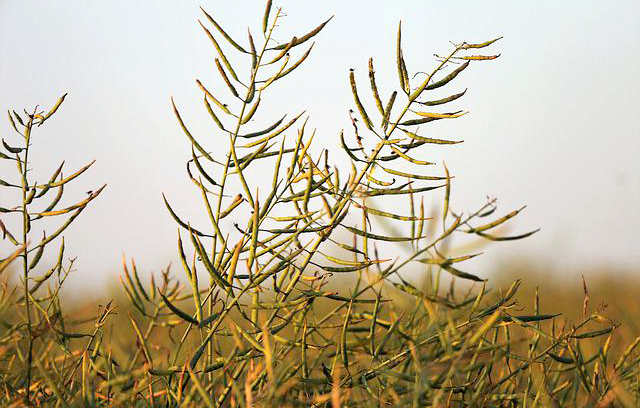Source: APKinform (Ukraine)
Canadian farmers are increasingly shifting their focus. They are reducing canola crops and favoring grain production. This trend significantly impacts agricultural markets. The recent planting decisions highlight a strategic adjustment. Farmers aim to optimize profitability amidst changing market conditions. Many factors influence this shift, including price fluctuations and global demand.
Why Canadian Farmers Are Reducing Canola Crops
Canola acres are experiencing a significant decrease. Stats Canada reports a drop to 21.4 million acres. That represents a 3.7% decrease from 2023. However, wheat acreage sees an increase. It climbs to 27 million acres, a 3.4% rise. Farmers are clearly re-evaluating their planting strategies. Indeed, various grains are gaining popularity. Durum wheat acreage specifically increased by 12.4%. This suggests farmers are responding to specific market demands.
- Profitability Considerations: Many farmers prioritize crops with higher profit margins.
- Market Demand: Global demand for specific grains influences planting decisions.
- Crop Rotation: Some farmers rotate crops to improve soil health.
Grains Gain Ground: Production Increases
Barley acreage also witnessed an increase. It reached 7.4 million acres, up by 7.7%. Oat acres now total 3.1 million, a 14.4% increase. Lentil production is expected to climb substantially. It should reach 6.1 million acres, a staggering 23.4% rise. However, dry pea acres faced a decrease. They decreased by 5.9% to 3.3 million. Therefore, the shift is not uniform across all crops. Ultimately, farmers are carefully selecting crops.
The Canadian farmers canola crops grains decisions directly impact export volumes. Also, this affects global supply chains. Growing conditions throughout the season will prove crucial. Consequently, yield and quality become paramount. Furthermore, this planting trend shows how responsive farmers are. They continually adapt to market signals. For example, favorable prices drive increased grain production.
However, challenges remain. Weather patterns can significantly affect crop yields. Moreover, input costs continue to fluctuate. Thus, managing these factors is essential for successful harvests. Furthermore, government policies play a role. These policies can influence planting decisions and market access.
Market Impact and Future Outlook
The reduction in canola and increase in grains will impact prices. However, the extent of the impact remains to be seen. Many analysts are closely monitoring these developments. Because of this shift, trading patterns could adjust. Therefore, stakeholders across the agricultural sector must stay informed.
The strategic shift towards grains indicates farmers are adapting. Besides that, the Canadian farmers canola crops grains are being produced with market demands in mind. Moreover, the long-term implications will become clearer. Ultimately, this illustrates the dynamic nature of agriculture.

